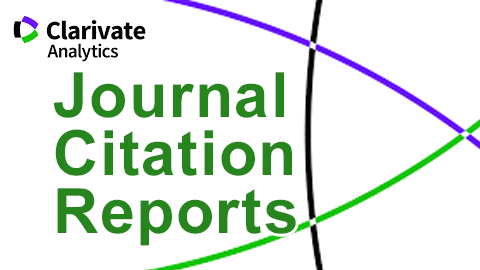A role and reference account on lakhota and cheyenne relative clauses
Palabras clave:
Relative clause, head-marking languages, NP accessibility, linking algorithm.Resumen
Abstract. This article offers a study of relative clauses in two Native American languages within the framework of Role and Reference Grammar (hereafter RRG) (Van Valin and LaPolla 1997). Despite the fact that these two languages realize these complex constructions very differently, an RRG analysis will make it possible to see both the similarities and differences between them, as well as to solve the multiple difficulties that arise when devising the logical structure for these clauses and developing their linking algorithms. Two factors play a key role in the formation of relative clauses largely, namely the type of antecedent and the presence or absence of an element in the relative clause that is coreferential with the antecedent. After checking the type of NP that is accessible to relativization by resorting to the NP accessibility hierarchy, a complete analysis of these clauses in both languages will be offered, together with a representation of the bidirectional linking system for this construction.Descargas
Publicado
Número
Sección
Licencia
Reconocimiento – No comercial (CC BY-NC). Bajo esta licencia el usuario puede copiar, distribuir y exhibir públicamente la obra y puede crear obras derivadas siempre y cuando estas nuevas creaciones reconozcan la autoría de la obra original y no sean utilizadas de manera comercial.
Los autores retienen todos sus derechos de publicación y copyright sin restricciones.








